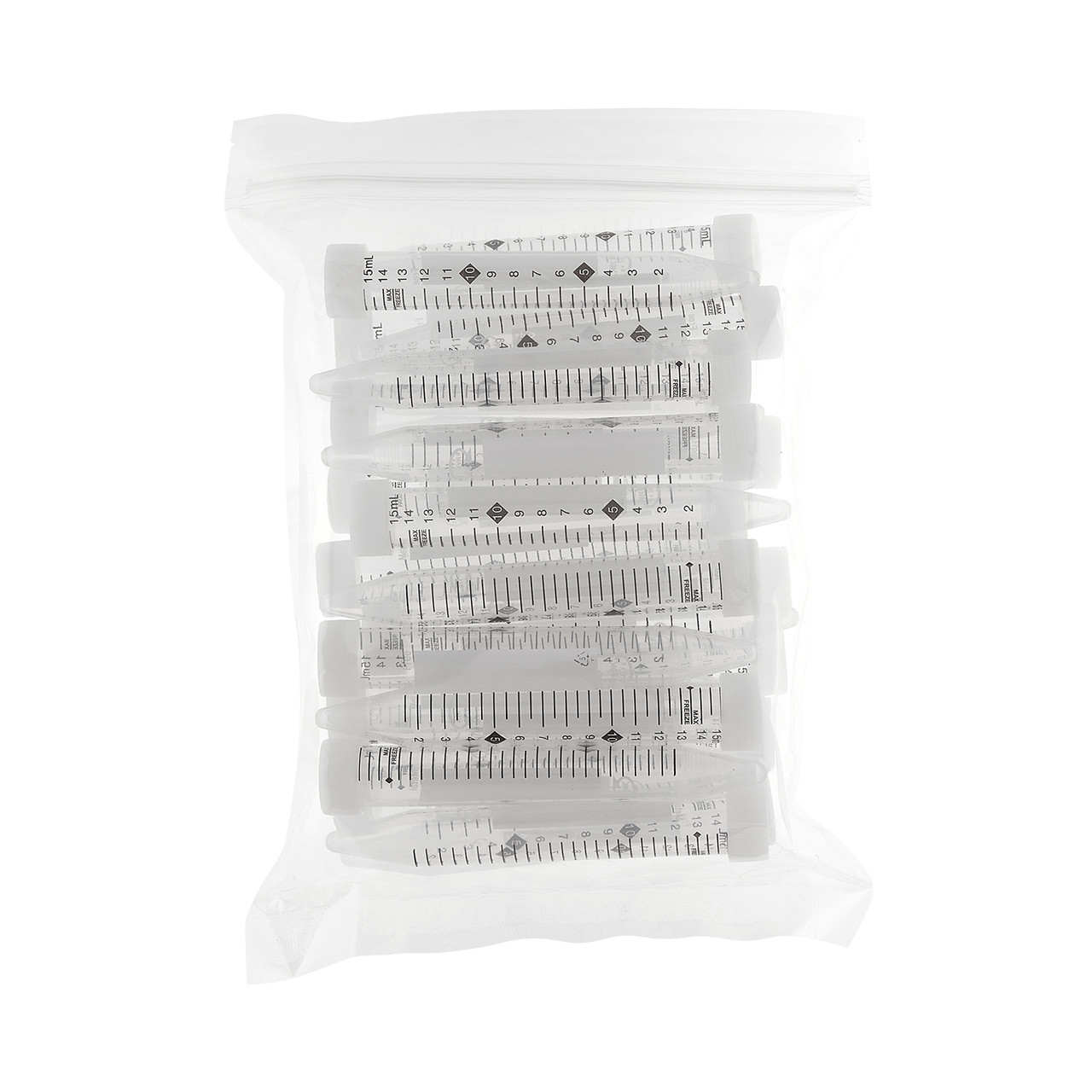Background on Metal Contamination in Laboratory Plastics
Laboratory plastic may be misunderstood as a flawless, pristine form of the material, but that’s far from the truth.
Plastics found in labs harbor contamination, just like the plastic soda bottles and commercial packaging are made from.

There are many different types of contamination that can be found in plastic, from Bisphenol A to disinfectants and more that were used in manufacturing.
While these compounds pose a mild threat to the validity of your lab results, even more concerning are metals.
Heavy metal is cool when you’re out cruising, but not so cool in your labware…
Because metal ions can be highly reactive, making sure your labware is free of them is a first priority.
The good news is that laboratory plastic is much less prone to adsorbing metals than glass is, and polypropylene is the least likely to.
However, low level contamination can and does occur sometimes, and it may have a bearing on the results of sensitive research conditions.
Harmful Metal Ions Found in Plastics
There are a few common metal ions that are found in plastics because of their use in stabilizers during the production process.
- Lead is used to make plastics softer and more pliable
- Cadmium is used to add color
- Zinc is used to prevent discoloration of clear plastic
Of these metals, zinc is the most likely contaminant to find in lab plastic. Glass is considered more of a risk than any laboratory plastic is though!
Polypropylene does not capture metals as easily as most plastic, but the only way to be certain is through ICP-MS testing.
ICP-MS: Inductively coupled plasma mass spectrometry (ICP-MS) is a method that allows detection of heavy metal ions in common materials.
It is costly and tedious, so it is best to focus on how to avoid adding contaminants.
Research Connections:While there is still not a lot known about the sources of metal ions, they interfere with the quality of cell culture media and the accuracy of readings.
Studies have shown that during electrophysiological recordings, metals leach into solution from the electrode heads.
Metal contamination is amplified more by pipette tips, cuvettes, dishes, and any other piece of labware that is capable of leaching metal.
This interferes with cellular processes that require metal ions and with electrical recordings.
Zinc in particular is now known to act as a second messenger in cells and influence activities.
This is a compounding issue if you are monitoring cellular physiology with patch clamping.
Maybe you’re kind of metal, but your patch-clamp recordings aren’t.
Cutting Metal Contamination Out of Research
Here are a few simple ways to prevent metal contamination from interfering with your research:
- Use polypropylene and not glass or cheaper plastics
- Avoid contact between plastics and all glass or metal items
- Keep away from unfiltered air and water sources
- Soak in hydrochloric acid or EDTA before use
- Buy supplies that have been ICP-MS tested for metal contamination
You can prevent contamination by making sure laboratory water and airflow is clean, and avoiding any labware that has been stored in metal containers.
The more reliable way is to use plastic containers that have been through ICP-MS testing.
ICP-MS is time-consuming and expensive, it’s recommended that you don’t do it yourself.
Sort of the research equivalent of smashing your guitar on stage…
Plastic containers that are subjected to ICP-MS before being packaged are readily available from any well-stocked supplier.
Stellar Scientific Tahor Metal Free Tubes
At Stellar Scientific we carry our own line of ICP-MS quality tested polypropylene conical tubes.
These tubes are guaranteed less than 1ppm of common metals found in plastics including the following:
Calcium, Magnesium, Zinc, Iron, Manganese, Copper, Aluminum, Silicon, Nickel, Vanadium, Sodium, Phosphorous, Cobalt, Chromium, Potassium, Lithium, Lead, Selenium, Cadmium, Mercury, and Arsenic.
Our tubes are sterile packed and adhere to the highest standards of precision and safety. They’re available in 15mL conical and 50mL conical sizes in bags of 25 x 20.
They are temperature resistant, durable at high G-force, and graduated to be read in either direction.
Not sold on metal free plastics? Consider looking through the rest of our centrifuge tubes for what you need then. Not every experiment needs the most elite plastics!
You may be right, we may be crazy.
If you have questions or need help with a product, you can reach us using our contact us page at your convenience. Our hours are posted along with our number and email.
Footnotes:
_______________________
- “Cadmium.” Chemical Safety Facts, 14 Oct. 2022, www.chemicalsafetyfacts.org/chemicals/cadmium.
- “Lead Hazard Awareness Project: Lead in Consumer Products.” Clean Water Action, cleanwater.org/lead-hazard-awareness-project-lead-consumer-products. Accessed 12 June 2024.
- Brindley, Lewis. “Plastic Labware Contaminant Risk.” Chemistry World, Chemistry World, 10 June 2024,
- Glassman AB, Rydzewski RS, Bennett CE. Trace metal levels in commercially prepared tissue culture media. Tissue Cell. 1980;12(4):613-7. doi: 10.1016/0040-8166(80)90016-6. PMID: 7209955.
- Kay A. R. (2004). Detecting and minimizing zinc contamination in physiological solutions. BMC physiology, 4, 4. www.chemicalsafetyfacts.org/chemicals/cadmium.
- “Plastic.” What Is The Use of Zinc Oxide in Plastics? - Pan-Continental Chemical, www.chemicalsafetyfacts.org/chemicals/cadmium. Accessed 12 June 2024.
- Woods, Bert;McCurdy. “ICP-MS: Key Steps to Control Contamination and Achieve Low Detection Limits.” Spectroscopy Online, MJH Life Sciences, www.chemicalsafetyfacts.org/chemicals/cadmium. Accessed 12 June 2024.


